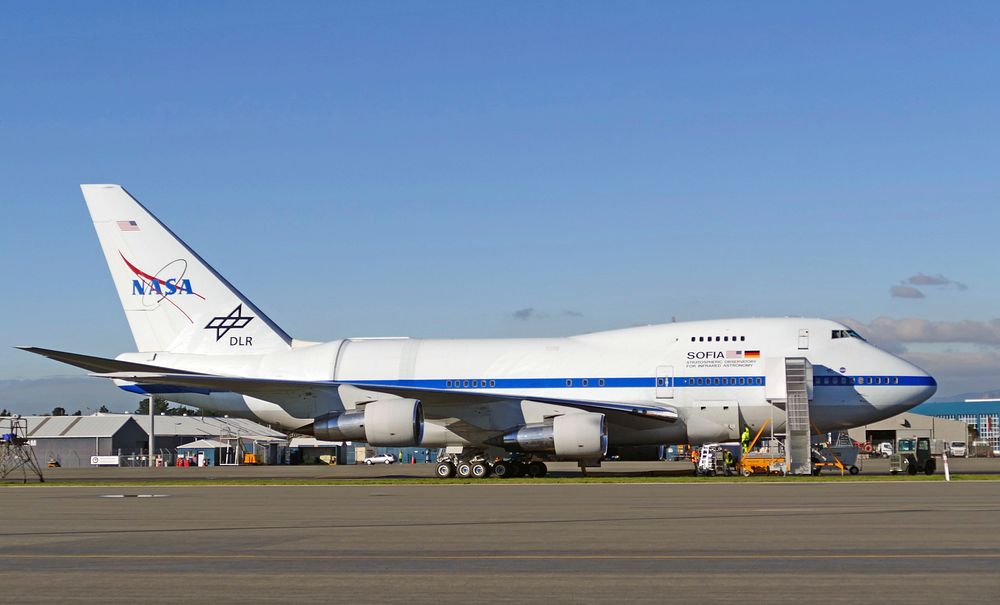
Nasa's flying observatory has again landed in New Zealand for more winter missions gazing into space and unlocking further mysteries of the universe.
The unique plane, fitted with a giant gyro-stabilised highly-sensitive 2.7m-diameter telescope that peeks out of the plane once it reaches an altitude of 10.6km, arrived in Christchurch on Saturday.
Tomorrow, from its National Science Foundation's US Antarctic Program facility at Christchurch International Airport, it will begin a seven-week programme of 19 overnight flights looking at a range of celestial objects best observed from the Southern Hemisphere.
Observations will include targets that are too low to observe or not visible at all from the Northern Hemisphere — including our neighboring galaxy the Large Magellanic Cloud, the centre of our own Milky Way galaxy, and Saturn's moon Titan.
"In the Southern Hemisphere, the centre of our Milky Way galaxy is almost directly overhead, putting it in a prime location for us to observe it," said Jim De Buizer, Universities Space Research Association's SOFIA senior scientist.
"We can also see the Magellanic Clouds, which have an environment similar to the early universe, letting us study star formation there as a proxy for what it was like in the early universe. Original public domain image from Flickr